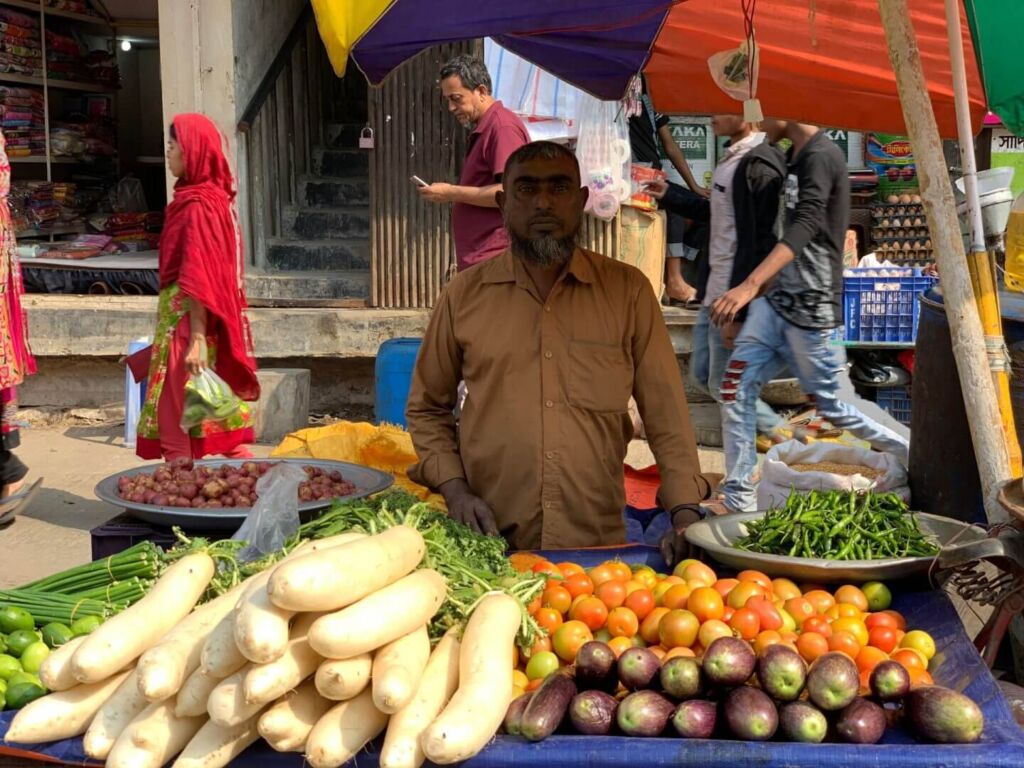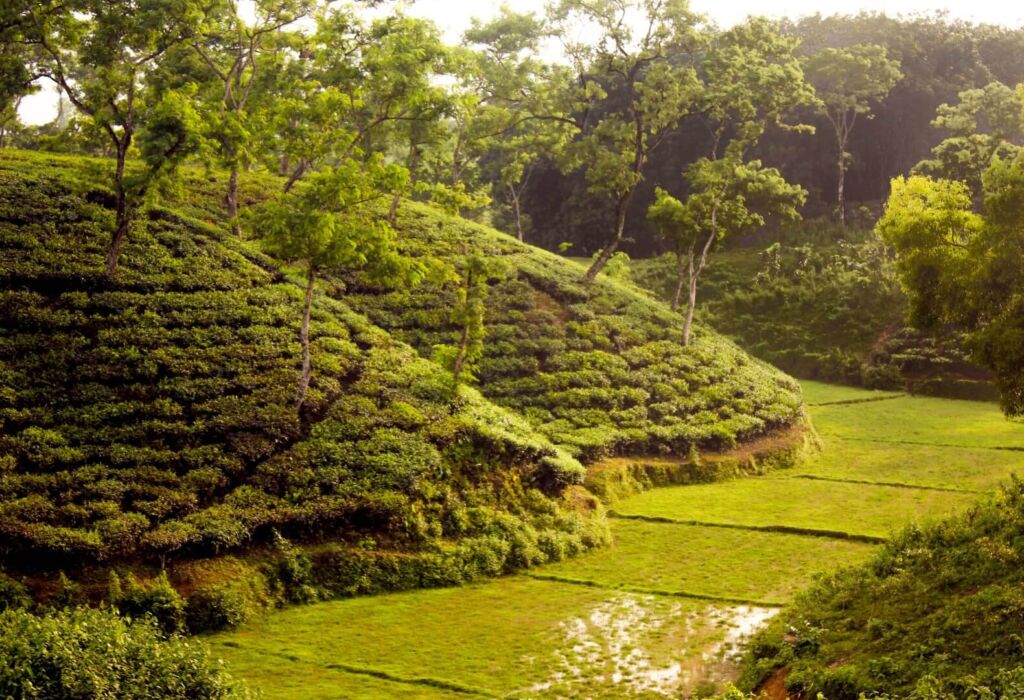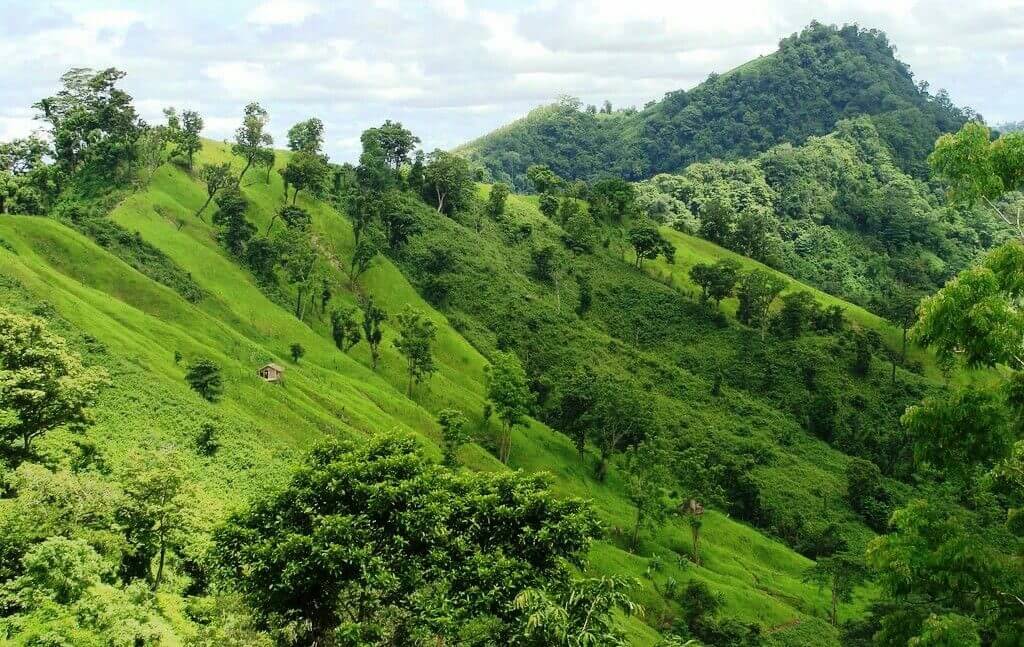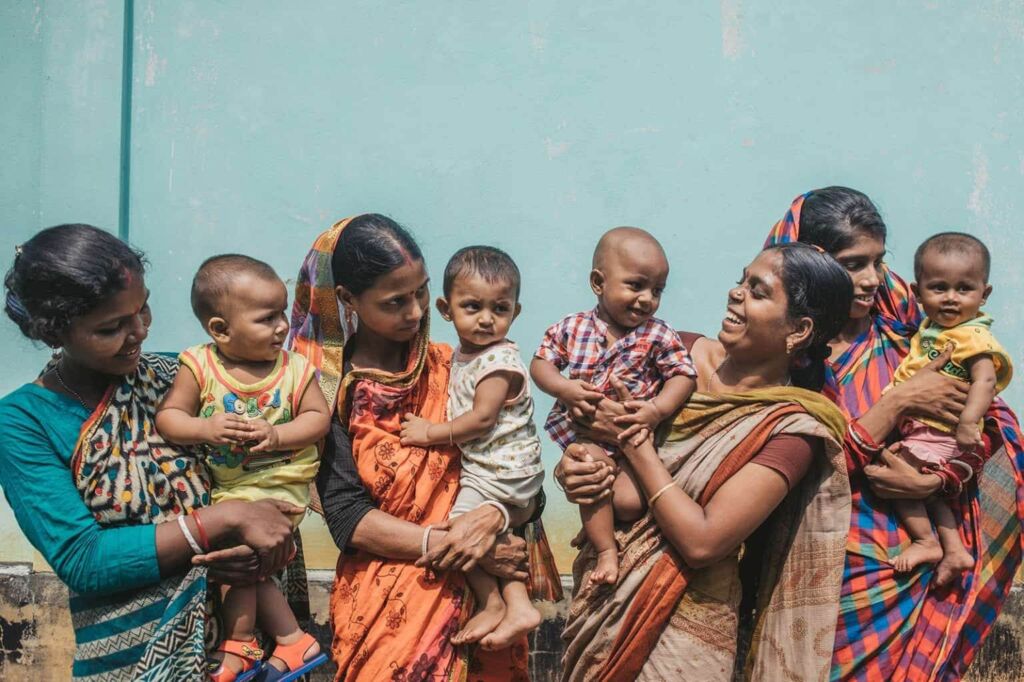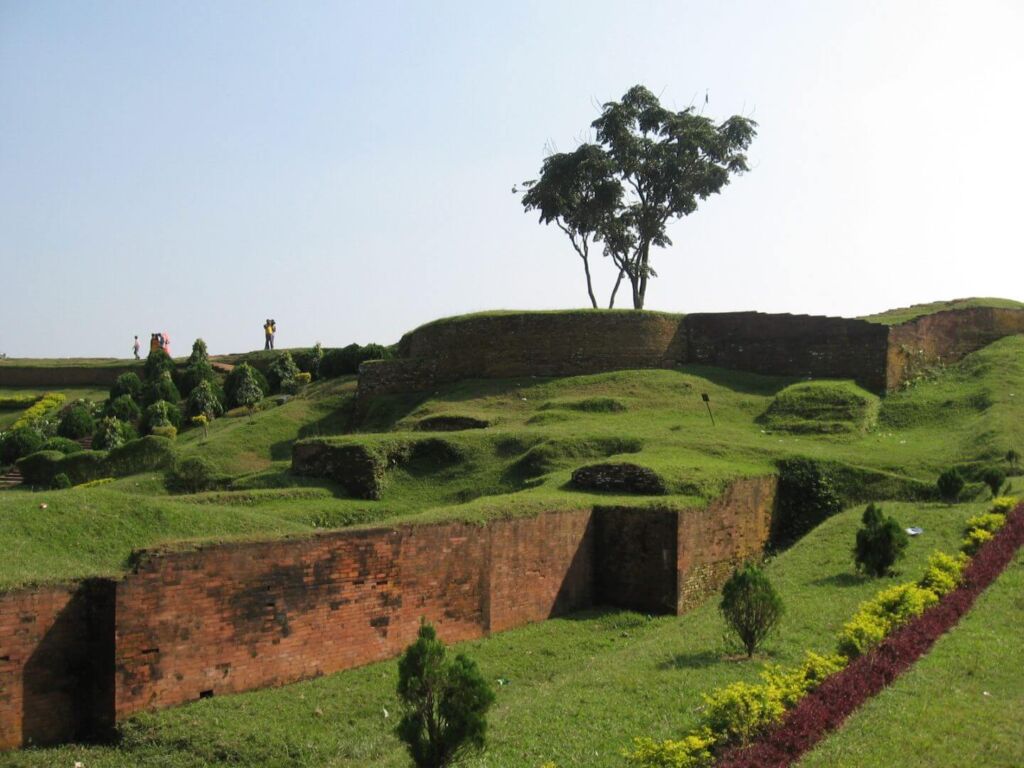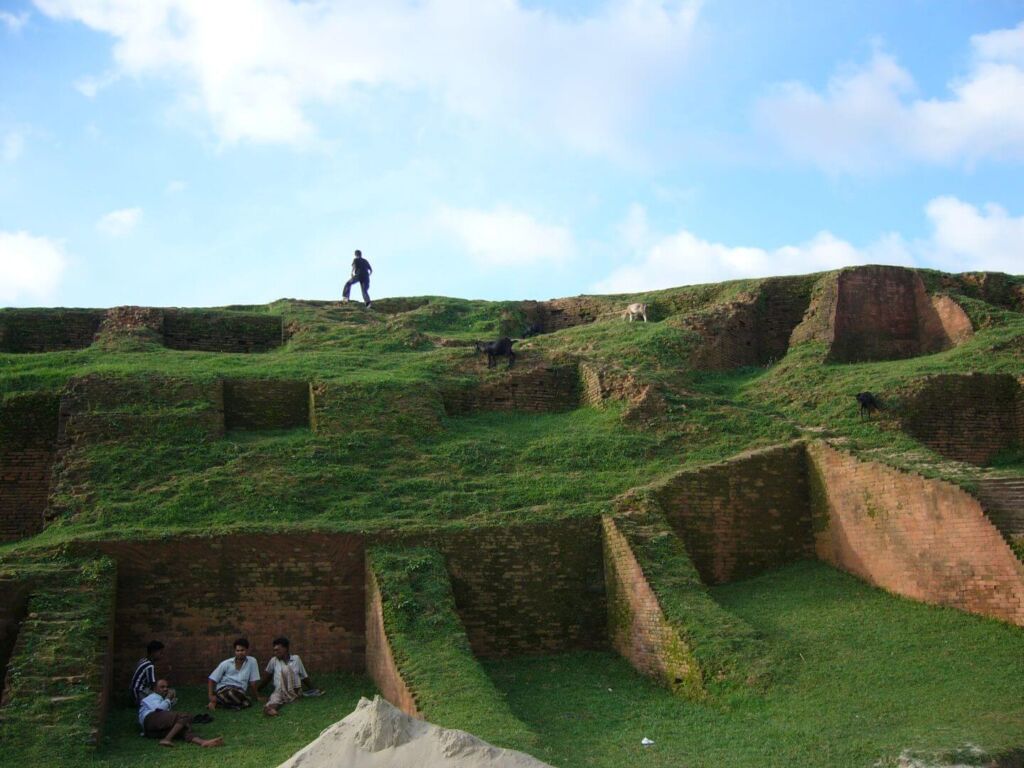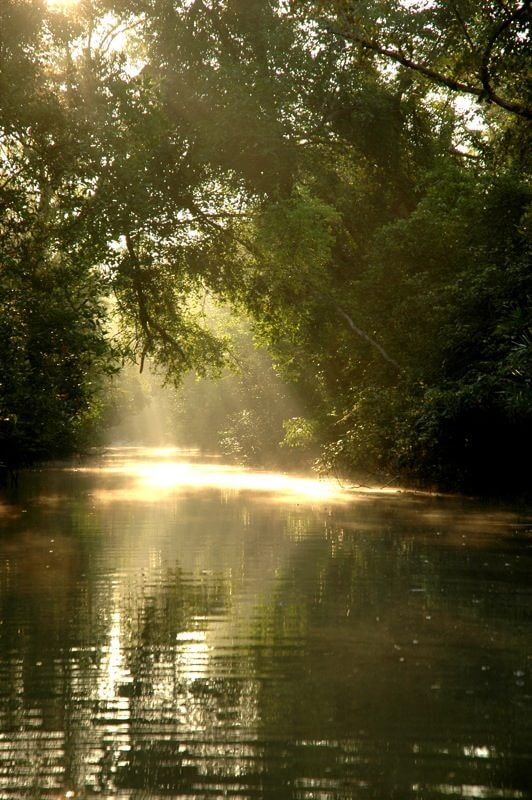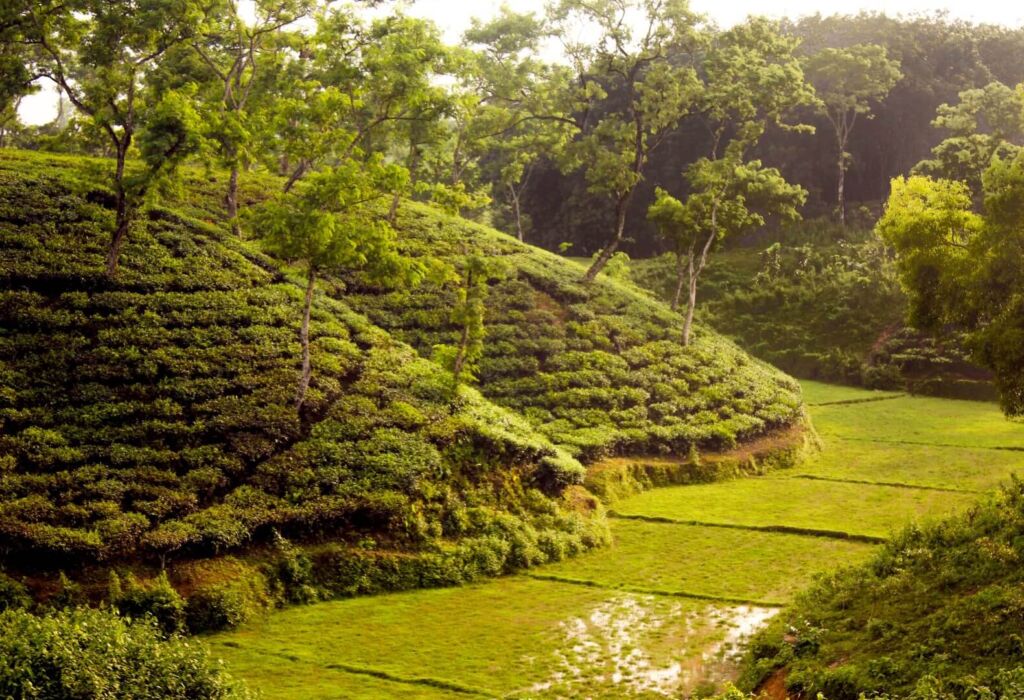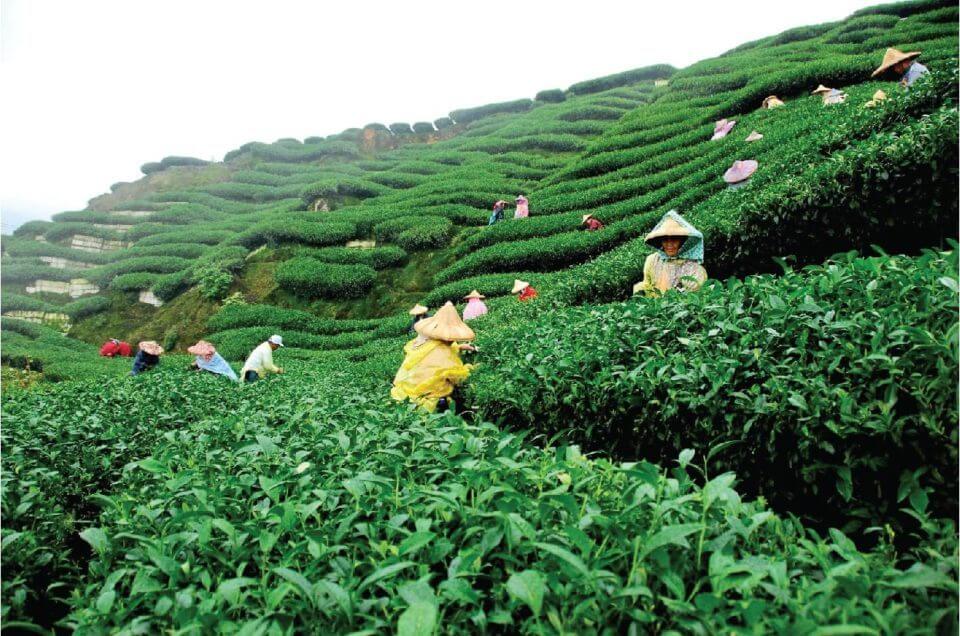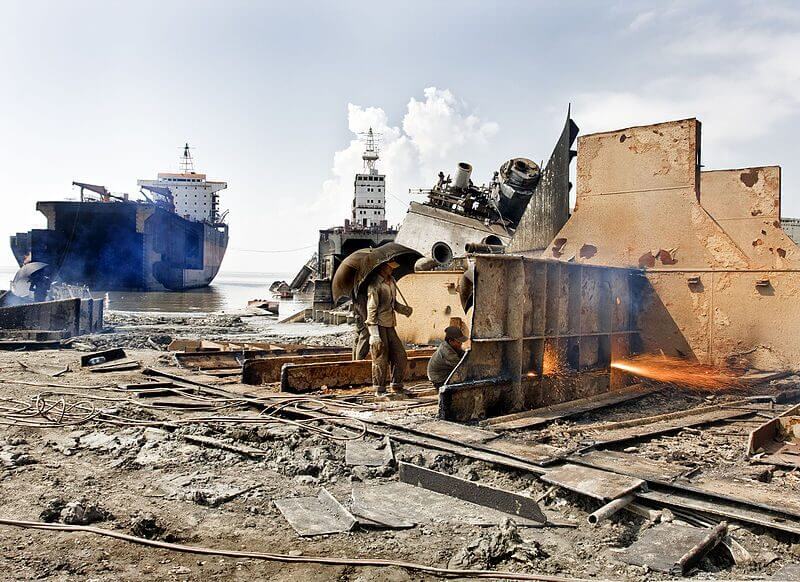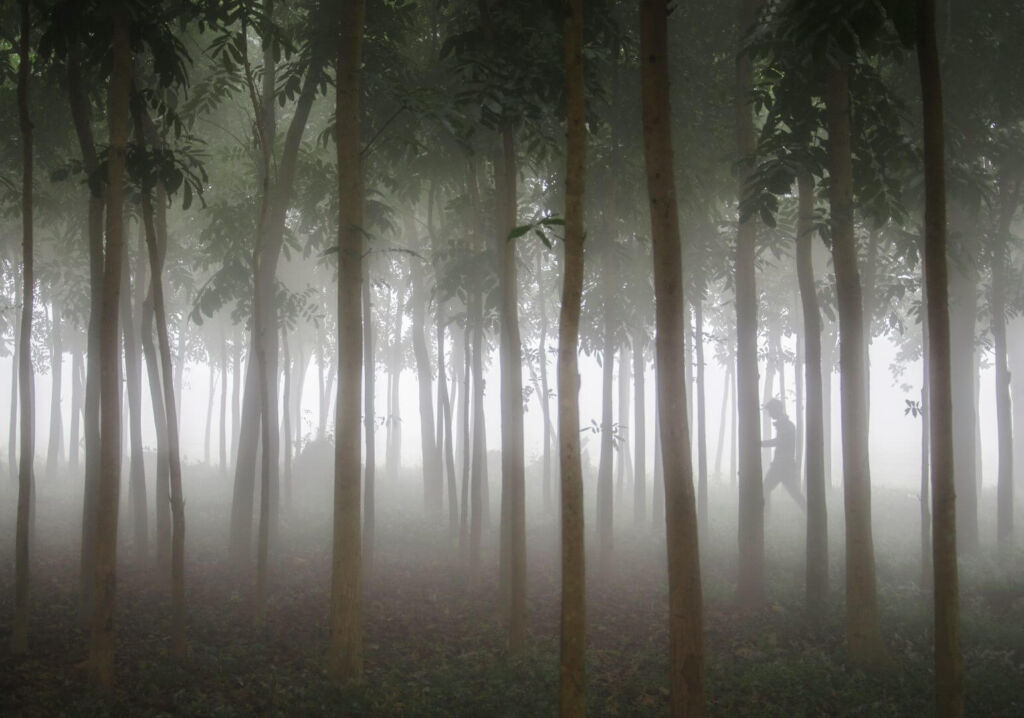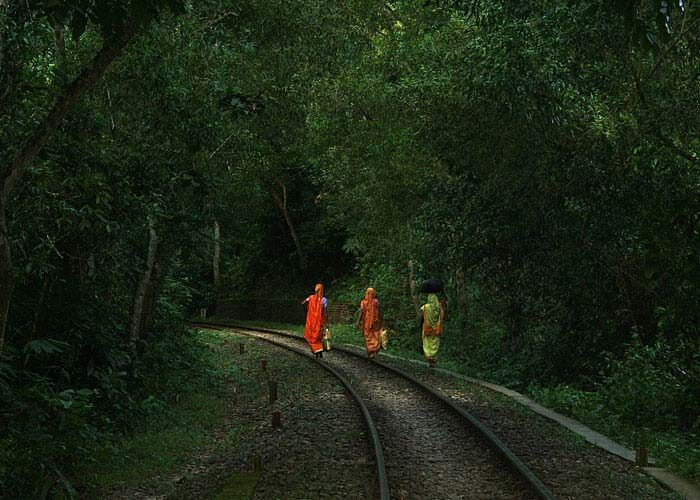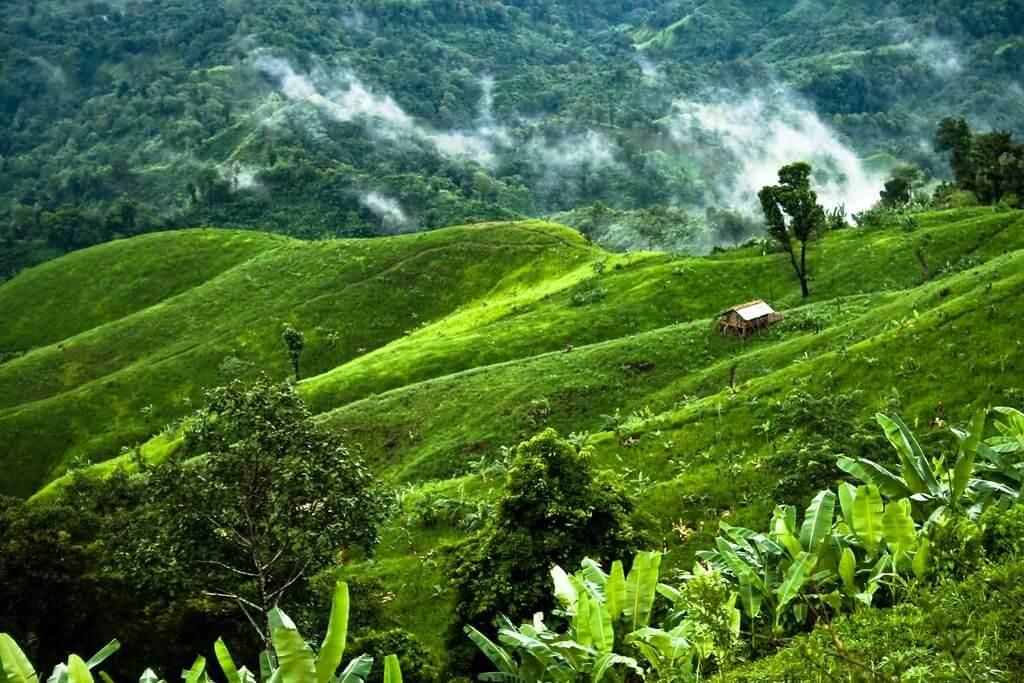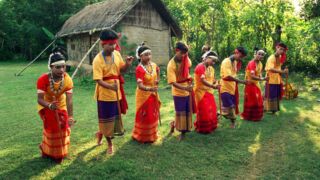– Discovery of rustic villages, ancient temples and palaces, and scented markets.
– Contact with colorful tribes.
– Entire trip with private transport with driver.
– Entire trip accompanied by English speaking guide.
– Impressive boat trips along the nooks and crannies of the Bangladesh delta.
– Stay in attractive guesthouses and hotels, including breakfast.
– Opportunity to get acquainted with the daily life of the local population during interesting excursions and activities.
This two-week individual journey takes you to the highlights of one of the youngest countries in the world: Bangladesh. It was not until the early 1970s that they fought for their independence from West Pakistan after the long British rule. Bangladesh offers the traveler a beautiful mix of rustic farming villages in the green countryside, ancient temples and palaces from bygone times. The busy life of Dhaka and along the countless rivers that flow through the country to colorful tribes in the forested hills against the Burmese border.
The starting point of the trip is of course the capital Dhaka, a dizzying cauldron full of energy and activity. Every day, about half a million brightly painted bicycle rickshaws move like colorful waves through an endless sea of traffic. A boat trip on the Buriganga River, the heart artery of Old Dhaka, introduces you to an unforgettable spectacle of life in this hard-working metropolis.
In the rural region of Rajshahi, in the northwest of the country, the cheerful colors of the bazaars and the exuberant casualness of the city dwellers alternate with small villages and forgotten remains of a rich, ancient history. See religious monuments such as the red sandstone Hindu temple of Kantanagar, the Buddhist monastic ruins of Paharpur and the ancient citadel of Mahasthangarh. The silent witnesses to the mighty principalities that once thrived here in prosperity. In the southeast, take a two-day cruise through the beautiful mangroves and swamps of the Sundarbans in search of the Bengal tiger and other wildlife.
One of Bangladesh’s most picturesque landscapes are the tea-covered hills at Srimangal, in the sparsely populated corner of the country’s northeast. Besides tea plantations, you will also find the oldest and most accessible semi-tropical forests of Bangladesh in this area, where you can enjoy the silence of nature. Travel via cosmopolitan Chittagong, the country’s busiest port city, to the most fascinating region of Bangladesh, both scenically and culturally: the Chittagong Hill Tracts. In this forested mountain area that stretches along the Burmese border, tribes like the Chakma and Marma still lead a life of their own, separate from the laws and regulations of the rest of the country. For a long time, this special, predominantly Buddhist area was closed to tourism, but for a few years now, visitors have been slowly admitted. Charming Rangamati is the main town of the region and is situated on a number of small islands in the picturesque Kaptai Lake. A boat trip to the tribal villages on the tropical green shores of this lake is an undisputed highlight of your visit, especially on market days.
Short Itinerary for your Bangladesh Trip
Day 1 arrival Dhaka
Day 2 Dhaka
Day 3 Dhaka – Bogra
Day 4 Rajshahi
Day 5 Rajshahi
Day 6 Sundarbans
Day 7 Dhaka
Day 8 Sreemangal
Day 9 Lawachara National Park
Day 10 Chittagong
Day 11 Rangamati
Day 12 Bandarban
Day 13 Flight Dhaka
Day 14 Departure Dhaka
Day 1 arrival Dhaka
You will arrive at Dhaka airport and be transferred to your hotel. You will have the time to take some rest before you make your first acquaintance with this busy capital the next day.
Day 2: Dhaka
Dhaka is a chaotic city full of people and endless rows of rickshaws, cars, taxis, mopeds, bicycles, street vendors, etc. The ‘rickshaw capital of the world’ does cause countless congestion; be patient and be amazed at how everyone finds their way.
You will visit Lalbagh Fort, a 17th century Mughal palace that today is an oasis of calm in the middle of the city. Particularly popular as a meeting point for local youth. At Sadarghat you will see the boats sailing in and out to bring people and goods to the other side of the river. If time permits, visit the Star Mosque and the Hindu Dhakeshwari Temple.
Day 3 Bogra
After your stay in this busy city, you will travel today through the countryside, along several rivers to the northwest of the country. We’ll drive to the village of Tangail, located a short three-hour drive from Dhaka. Here you will have lunch in a guesthouse of the organization Ubinig that, in addition to supporting sustainable agriculture, also sets up community-based tourism projects to support the villagers of Bangladesh in their livelihood. In the village you will learn more about the activities of this organization and about village life. After lunch, continue to the British-ruled town of Bogra on the right bank of the Karatoya River. Along the way we see nice villages with a lot of activity. Children play the inevitable cricket. We stay here in a spacious accommodation with a swimming pool.
Day 4 Rajshahi
We’ll start our day visiting the archaeological sites of Mahasthangarh and Paharpur to Rajshahi, located on the border with India. Mahasthangarh is said to be the oldest city in Bangladesh, dating back to the 3rd century BC. Nearby are archaeological foundations of temples and the citadel of the Pala rulers from the 8th century. The combination of the green grass and the stone remains make it a special place.
The ruins of the UNESCO-protected Buddhist temple complex of Paharpur are one of the cultural highlights of northwestern Bangladesh. This too dates from the time of the Pala dynasty (7th to 12th century). The complex is beautifully and quietly located in a rural area and was the largest Buddhist building south of the Himalayas. Larger than, for example, Borobudur in Indonesia.
Rajshahi is an important silk production center on the border with India. We will visit a silk factory and to take a closer look at the process from caterpillar to silk. In the evening we can take a walk along the Padma River.
Day 5 Sundarbans
After breakfast, we’ll depart for the beautiful temple city of Puthia. Between the greenery and along the banks of several lakes/waterholes, there are several Hindu palaces from the 16th century of the Raja of Puthia. The palaces are again built in terracotta and contrast beautifully with the green surroundings. There are many decorations on and in the building. The largest lingam in the country is located in the Bhubaneshwar Shiva temple. This is also the most remarkable structure of this beautiful palace town. It is also special here that the sights are usually only shared with the colorful population, who observe it all curiously and happily while playing (children).
After lunch, we’ll drive to Mongla, a long 7-hour drive. In the evening we will board the boat to start the cruise through the Sundarbans. Enjoy the beautiful surroundings and a first dinner on board. The cook will make a delicious meal with fresh fish and shrimps for you on the table. We’ll spend the night on board!
Day 6 Sundarbans
The Sundarbans is the world’s largest mangrove forest. You will find an exotic animal world here, including the Bengal tiger. The Sundarbans even has the highest tiger density of any national park in the world. Nearly 10% of tigers living in the wild live in the Sundarbans, where they are notorious for regularly devouring people who live here! In addition to tigers, there are more than 300 bird species, otters, monkeys, crocodiles, deer, boars and river dolphins.
Along the way during the boat trip you will get off the boat several times to take a walk through a village or transfer to a small boat to reach the side channels. This trip on such a small boat is breathtakingly beautiful, especially early in the morning. Enjoy the tranquility and beauty of the park. Spot the many bird species and deer and with a lot of luck we might see a tiger. The whole day the boat will go through the Sundarbans towards Chandpai. We sleep on the boat again and enjoy the delicious meals that the cooks will make for us.
Day 7 Bagerhat
In the morning you will wake up in the beautiful Sundarbans. We’ll make a trip with the small boat and possibly visit a fishing village and see how the people live in this area. Then we will sail to the port of Mongla, where our journey continues to Bagerhat, the mosque-city of the country.
This town, also protected by UNESCO, has several special mosques from the Middle Ages. The most special and beautiful is the so-called ’60-domed mosque’; this Shai Gumbad mosque actually has 77 domes and looks like a fortified fortress. We will also visit the mausoleum of Khan Jahan Ali and several other 15th century mosques such as the 9-domed mosque and smaller 1-dome mosques. The mosques are located in a beautiful rural area and because there are many pilgrims, there is always something to do.
We’ll then continue to Khulna. Here we will board the night train (reserved sleeping accommodations) to Dhaka.
Day 8 Sreemangal
In the morning we’ll arrive at Dhaka train station, an experience in itself. From here we will drive directly to the old capital of the Bengal Empire (13th-17th century): Sonargaon, the ‘Golden City’. The city still has some fantastic and monumental buildings from this time. We visit the former royal palace and walk through the old main street. It is not difficult to see the ancient wealth of this city through the dilapidated buildings. By the end of the day we’ll visit Sreemangal, the ‘tea capital’ of Bangladesh. The city is beautifully situated in the middle of the hills.
Day 9 Lawachara National Park
In the morning we will go to the Lowacherra Forest reserve. Here you will take a walk through the jungle and visit a village of the Khastia and Tripura tribe. In the afternoon you will meet the Monipuri tribe, we will visit a village and learn more about the life of these ‘hilltribes’. Of course, a delicious cup of tea should not be missing on this day.
Day 9 Chittagong
Today we will travel quite a distance to Chittagong, the second largest city in Bangladesh and also the largest port in the country, to the south. We try to travel this route by train, but train tickets can only be booked late and it is never quite certain that we will actually get them. If it is not possible to obtain train tickets, we can continue your journey by private car. We will have lunch in Comilla.
In the evening we’ll arrive in Chittagong. In colonial times – except for Calcutta – most British in all of Bengal lived here.
Day 11 Rangamati
We will travel to the ‘Chittagong Hill Tracts’, a region that is completely different in landscape and culture from the rest of Bangladesh. Rangamati, located on the scenic Kaptai Lake, is the first place we visit here. In the densely vegetated hills live tribal peoples who still live according to the original traditions. Most of these peoples are Buddhist. In Rangamati we can visit some Buddhist temples and monasteries.
Day 12 Bandarban
We will take a boat trip on Kaptai Lake and cruise through a gorge to visit Subalong and meet some tribes on the islands in the lake. One of those tribes is the Chakma, who also run a small restaurant where we have lunch. The Arakan Highway continues south through the hills of the Chittagong Hill Tracts to the tribal market town of Bandarban, a four hour drive. Here we can stroll through the town with its market, Golden Temple and Meghla Lake.
Day 13 Flight to Dhaka
In the morning we’ll stroll through the town and visit the market and the Golden Temple. A few kilometers outside the village is the Meghla Lake in the beautiful green park of the same name. After lunch we will drive back to the coast, where you will arrive back in Chittagong after about three hours. In time to catch our flight back to Dhaka. You will have another evening in this special capital of the country.
Day 14 Departure Dhaka
End of tour, we’ll bring you to the airport.


